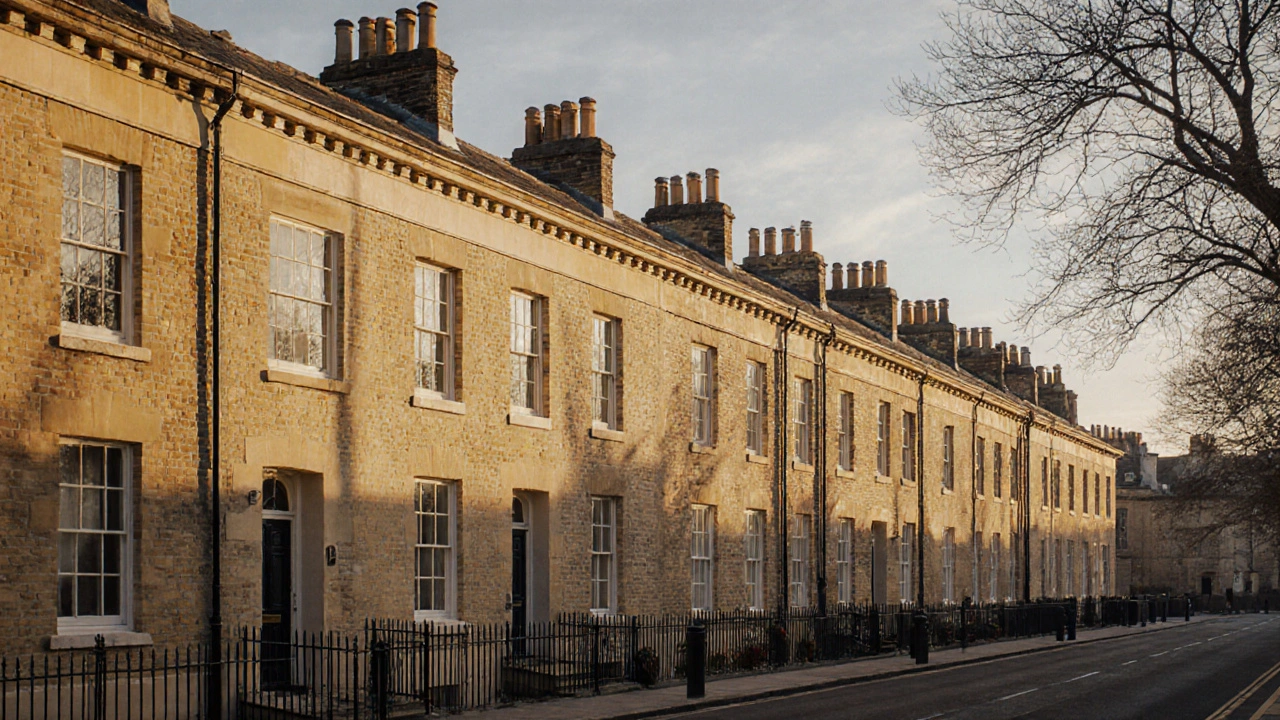Georgian architecture blends classical symmetry, refined materials, and balanced proportions to create timeless homes that still inspire modern design. Learn its defining features, global influence, and how to recognize authentic examples.
Georgian Architecture: Symmetry, Elegance, and Timeless Design
When you see a row of brick townhouses with evenly spaced windows, a central door topped by a delicate fanlight, and a roof hidden behind a parapet, you’re looking at Georgian architecture, a refined 18th-century British style rooted in classical proportion and order. Also known as Georgian style, it wasn’t just about looks—it was a statement of stability, wealth, and taste during a time of rapid urban growth. This style didn’t emerge in a vacuum. It grew from the same ideals that shaped Renaissance design: balance, harmony, and a return to ancient Roman and Greek principles. But Georgian architects made it their own—cleaner, quieter, and more practical for the rising middle class.
What made Georgian buildings stand out wasn’t ornament, but restraint. Think symmetry in architecture, the strict left-right mirroring of windows, doors, and chimneys that gives these buildings their calm, orderly feel. A typical Georgian house had five windows across the front, a centered entrance, and a roof that didn’t scream for attention. Even the materials were chosen for consistency: red brick, sash windows, and stone trim. You’ll find this same logic in public buildings, churches, and even early American homes—from Boston to Baltimore. It’s no surprise that this style influenced everything from colonial mansions to modern suburban developments.
And it wasn’t just about form. Georgian design responded to real needs: better heating, more light, and improved ventilation. The tall windows let in sunlight without sacrificing privacy. The high ceilings helped air circulate. Even the layout followed a clear hierarchy: public rooms on the ground floor, private ones upstairs. This wasn’t decoration for decoration’s sake—it was smart, human-centered design long before the term existed.
Related styles like Classical design, the broader tradition of using ancient Greek and Roman forms in buildings, and 18th century architecture, the era when Georgian design peaked across Britain and its colonies are deeply tied to it. But Georgian architecture stands apart because it made grandeur feel accessible. You didn’t need a palace to live like a noble. Just a well-proportioned house with good light and clean lines.
What you’ll find in the posts below isn’t just a list of old buildings. It’s a look at how Georgian principles still show up today—in the way we arrange rooms, choose window shapes, and think about balance in design. Whether you’re restoring a period home or just curious why certain houses feel so right, these articles break down the details that made this style last.

